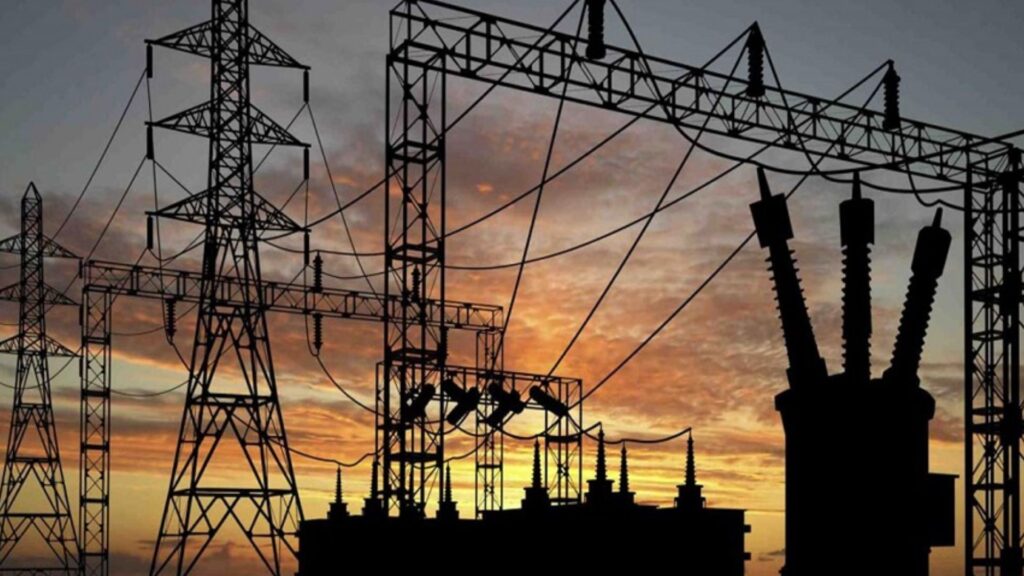The massive power outage that swept across Spain on April 28 has reignited concerns over the resilience of national infrastructure. With millions of people affected and essential services disrupted, the incident underscored a hard truth: modern nations remain vulnerable to large-scale infrastructure failures. The blackout disrupted transportation, paralyzed telecommunications, and forced hospitals to operate under emergency conditions, exposing critical weaknesses in the country’s communication networks.
While authorities continue investigating the exact cause, experts agree on one thing — it’s time to rethink how we build and protect the systems we rely on daily.
A Fragile Terrestrial Web
For years, specialists have cautioned that terrestrial communications — including cell towers, fiber-optic cables, and data centers — are susceptible to a variety of threats such as natural disasters, cyberattacks, and cascading power failures. The events in Spain serve as a stark reminder of how quickly these systems can falter, bringing entire sectors to a halt.
During such crises, continuity of communication is not just convenient — it is vital. Emergency responders, hospitals, supply chains, and government agencies all depend on reliable, real-time data flow to function effectively.
Satellites: A Safety Net from Space
Satellite technology presents a compelling solution. Unlike terrestrial networks, satellites remain unaffected by events on the ground, providing a resilient backup when land-based systems go offline. If Spain had had a robust satellite-enabled fallback in place, many of the blackout’s worst consequences might have been mitigated.
The future lies not in replacing terrestrial systems, but in complementing them with satellite connectivity. A hybrid network model — capable of switching automatically between land and space infrastructure — offers a path toward true communication resilience.
The Role of Low Earth Orbit (LEO) Satellites
Low Earth orbit satellite constellations are central to this vision. Companies like Sateliot are pioneering solutions that allow standard Internet of Things (IoT) devices to operate on both terrestrial 5G and satellite networks without the need for new hardware. This innovation enables seamless connectivity, crucial in situations where one part of the network fails.
But not all satellite networks are built the same. While some are geared toward high-bandwidth consumer applications, others focus on supporting billions of low-power IoT devices embedded across industries. Sateliot, for instance, has adopted a “store-and-forward” model, in which satellites temporarily hold IoT data and transmit it when they pass over ground stations. This approach boosts reliability, especially in scenarios where real-time data transmission is interrupted.
Energy Independence: A Hidden Strength
Another important advantage of satellite-based IoT systems is their ability to operate independently of the main power grid. Most IoT devices run on long-life batteries and are built for autonomous operation over extended periods. This feature proved crucial during Spain’s outage, as battery-powered devices continued monitoring critical systems — from agriculture and air quality to logistics and utilities — even while the power grid was down.
This combination of autonomous power and automatic satellite connectivity creates a communication network that is both self-sustaining and disaster-resilient — exactly what is needed in times of crisis.
A Look Ahead: Bridging the Policy Gap
While the technology for hybrid networks is ready, policy frameworks are still catching up. There is currently no standardized system that governs how and when satellite networks should activate during emergencies. Experts are calling for the development of automatic fallback protocols that would trigger satellite engagement without human input, ensuring smooth transitions during critical failures.
True resilience, however, requires more than just policies. It calls for a concerted effort between governments, telecom operators, regulators, and satellite providers. Establishing global interoperability standards is key to ensuring that terrestrial and satellite networks function as one cohesive system.
Spain’s April 28 blackout was more than a temporary inconvenience — it was a warning. In a world increasingly reliant on digital infrastructure, the need for resilient, hybrid communication networks has never been more urgent. As satellite technology continues to mature, integrating it into national communication strategies could be the difference between chaos and continuity in the next crisis.
